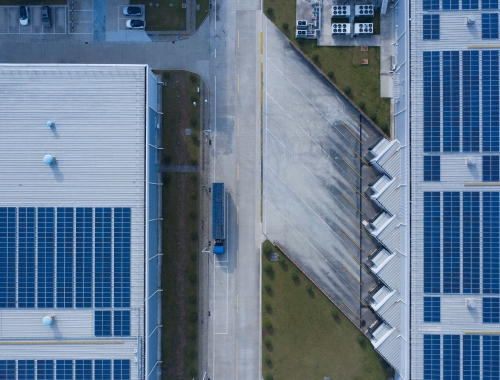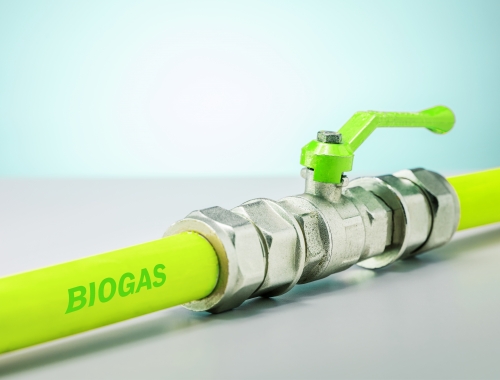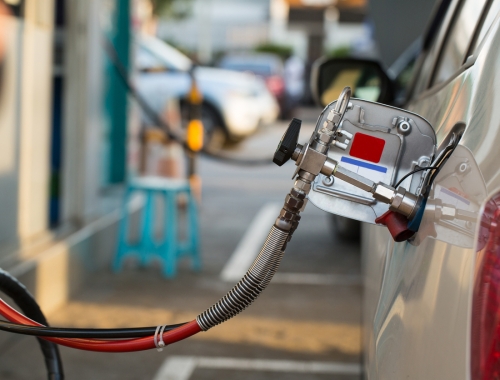India's green hydrogen mission holds promise but challenges remain
SUMMARY
Analysts argue that despite the positive outlook for the green hydrogen industry in India, certain challenges such as cost competitiveness still remain.
By Shardul SharmaIndia’s $2.4bn green hydrogen mission, announced by the federal government on January 4, is a move in the right direction as the clean fuel can help decarbonise industries such as steel, fertiliser and power and help the south Asian country attain its goal of being net zero by 2070. Analysts, however, argue that despite the positive outlook for the green hydrogen industry in India, certain challenges such as cost competitiveness still remain.
The Indian government expects its push will result in a green hydrogen production capacity of at least 5mn metric tons/year by 2030 with an associated renewable energy capacity addition of about 125 GW in the country. India's renewable capacity stands at over 172 GW as of December 2022.
“The mission will have wide ranging benefits- creation of export opportunities for green hydrogen and its derivatives; decarbonisation of industrial, mobility and energy sectors; reduction in dependence on imported fossil fuels and feedstock; development of indigenous manufacturing capabilities; creation of employment opportunities; and development of cutting-edge technologies,” it said.
The targets by 2030 are likely to create over 600,00 jobs. Nearly 50mn mt/yr of CO2 emissions are expected to be averted by 2030, the government said.
The mission will facilitate demand creation, production, utilisation and export of green hydrogen. Under the strategic interventions for green hydrogen transition programme (SIGHT), two distinct financial incentive mechanisms – targeting domestic manufacturing of electrolysers and production of green hydrogen – will be provided under the mission.
The mission will also support pilot projects in emerging end-use sectors and production pathways. Regions capable of supporting large scale production and/or utilisation of hydrogen will be identified and developed as green hydrogen hubs, the government said.
Girishkumar Kadam, senior vice president & co-group head - corporate ratings, ICRA said that the notification of the mission for green hydrogen reinforces the Indian government’s strong policy push towards renewable energy and attaining the long-term path of net zero energy.
“While the investment prospects are strong to meet 5mn mt/yr of green hydrogen requirements as per the mission by 2030, the cost competitiveness of green hydrogen would remain contingent upon the extent of the reduction in capital cost of electrolyser and competitiveness of renewable energy procurement,” Kadam said.
“Further, round-the-clock procurement of renewable energy at cost-competitive rate remains extremely critical for an improvement in the utilisation of electrolyser. On the policy front, key measures pertaining to the green hydrogen purchase obligation norms, as well as the timely implementation of the proposed production-linked incentive (PLI) scheme to incentivise/promote the domestic manufacturing of electrolysers will be critical,” Kadam added.
Green hydrogen is produced through the electrolysis of water, powered by electricity generated from renewable sources of energy. At present, most of the world’s hydrogen is produced using fossil fuels, especially natural gas.
Major challenges for the green hydrogen industry
Although analysts agree that the mission is a step in the right direction, factors such as rising cost of metals used in electrolysers pose a challenge to the industry. In proton exchange membrane (or polymer electrolyte membrane) electrolysis technology, platinum and iridium are used as raw material as electrocatalysts.
“The prices of iridium have risen significantly in the past year. Expanding sanctions on Russia, a significant producer of platinum, could further impact the prices of platinum,” ICRA said in a note mailed to GP.
In alkaline water electrolysis (AEL) technology, nickel is used as raw material for electrodes. The prices of the same have risen significantly in the past year, it added.
“Manufacture of electrolysers is critical for green hydrogen production and hence provision of PLI to manufacturers of electrolysers is a welcoming move,” ICRA said.
PLI scheme is an initiative launched by the Indian government that provides incentives to domestic industries to boost local production.
ICRA said that the transportation and distribution of green hydrogen is also an important issue that needs to be handled carefully. There is a need to expand the hydrogen transportation pipeline infrastructure to meet future demand, it said.
Significant demand scope for green hydrogen in India
ICRA believes that a number of industries have the potential to be major demand drivers for green hydrogen in India. Refining, fertilizers, chemicals, power and transport industries could be the primary consumers of green hydrogen.
Annual ammonia consumption for fertiliser production is about 17mn mt, roughly 15% of this demand is currently met through imports. Green ammonia can save natural gas import costs, ICRA said. India imports around 20-25mn mt/yr of natural gas, all in the form of expensive LNG.
Hydrogen fuel cells can be used in gas turbines to increase power system flexibility. “Using green ammonia is seen by some energy experts as an effective way for the nation's coal-fired power plants to lower their carbon emissions,” ICRA said.
Industry expectations suggest that the share of green hydrogen in total hydrogen production in India will increase to 30% and 80% (from zero) by 2030 and 2050, respectively, along with a four or five-fold increase in overall consumption to about 30mn mt/yr from 6mn mt/yr today.
“A major shift in demand is expected towards transportation (hydrogen fuel cell vehicles) and power generation sectors and will consume around 30% of the hydrogen demand by the year 2050,” ICRA said.
About 98% of the hydrogen (grey and blue) in India is produced with the use of fossil fuels, though a recent surge in fossil fuels prices has raised the levelised cost of hydrogen (LCOH) production by three or four times, bringing it at par with that for green hydrogen ($5/kg).
“This, if sustains, may augur well towards a faster adoption of green hydrogen technology,” ICRA said.







